
Spreader types
From the simple spreader type, fixed beam, to flexible active and passive telescopic solutions, multiple beams or special customized solutions: for our magnet systems we always opt for the spreader best matching your individual requirements. That means taking into account the material to be moved, the processes to be followed up, the conditions on site as well as the commercial aspects.
Each installation is unique. Therefore we rely on close dialogue to tailor a solution exactly meeting the specifications and expectations of our customers. Safety and reliability are, of course, pivotal in this process, from development to installation.
Optimal work flow with the right spreader beam
Every process is different: Whether handling goods in logistics, moving products from process to process or picking goods at a warehouse. Our range of spreader types covers all applications and requirements.
Fixed spreader beam
Robust simplicity
A fixed spreader beam represents the simplest possible magnet beam design. The main feature is it's simple and robust structure. Most often, such spreader beam can be built without any – or very few – moving parts, which underlines the unpretentiousness of this solution.
Benefit 1 Low maintenance costs
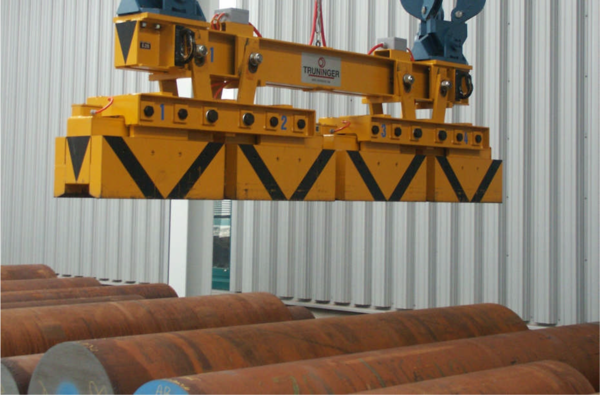
Figure 1: Simple fixed spreader beam for lifting large round steel bars
In particular for long spreader beams, low dead weights can be achieved by means of a honeycomb design (see figure 2).
Benefit 2 Low dead weight of the magnet gripper, less wear of the crane
Hooks for conventional material handling – for example, using chains and ropes – can be added at any place along the fixed spreader beam. The same applies to additional mechanical devices, such as stacking cradles, safety grippers, quick-change systems etc. (see figure 2).
Benefit 3 Universally adaptable

Figure 2: Fixed spreader beam with three magnets, using honeycomb design and equipped with a quick-change system
A fixed spreader beam can be provided with additional auxiliary functions such as:
- Slewing magnets
- Travelling magnets or magnet groups
- Load tilting device
- Load slewing device, etc.
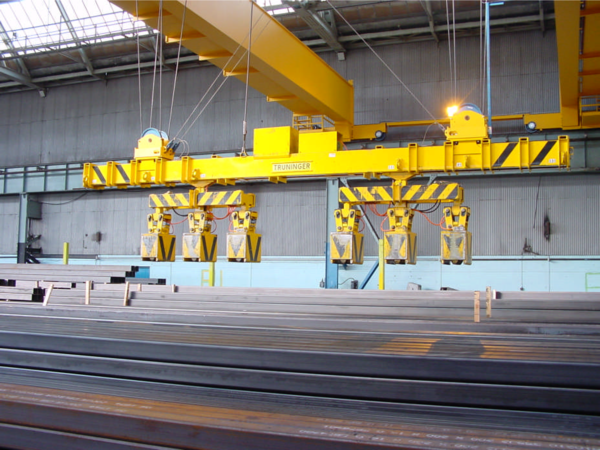
Figure 3: Fixed spreader beam with travelling magnet groups
A properly designed fixed beam is usually simple, robust and relatively inexpensive.
Selection criteria for the fixed crosshead
Fixed spreader beams are a good solution for steel handling processes when the following conditions apply:
- The material to be handled is:
- of uniform length, or
- differs only slightly in length
- and is sufficiently rigid
- Two points of suspension are available on the crane side
- The material orientation is:
- either parallel to the crane bridge
- or parallel to the crane way
- The material is slewed during transport using a slewing gear
Passive telescope
Driveless telescopic beam
A passive telescope is used when cranes are equipped with two independent trolleys. A three-piece telescopic beam connects the two sub-spreader beams and thus ensures their correct alignment to the load.
Benefit 1 Stable magnet position when picking and lifting loads
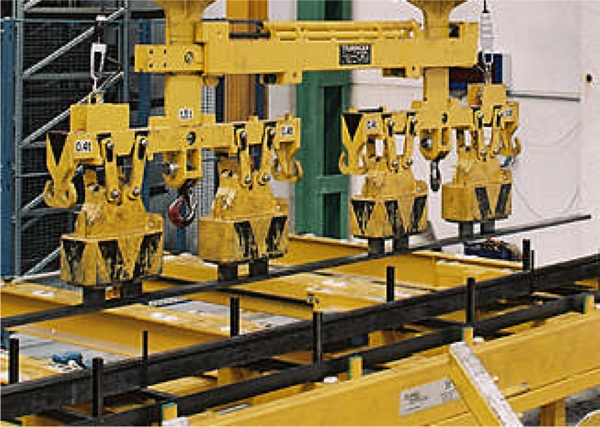
Figure 1: Swing-free order picking from a cassette
The distance between the magnet groups can be adjusted to the corresponding material length, by moving the crane trolleys. As a result, beam length does not exceed load length.
Benefit 2 Using a passive telescope short and long load is transported safely (see also ‘Load deflection’.
The telescopic arms are guided by rollers. This results in low friction and smooth operation when moving the magnet groups.
Benefit 3 Accurate positioning and less wear
The passive telescope can also be operated inclined to lift short remnants using one magnet group only. This is advantageous e.g. on a saw, when long bars and short cuts must be transported with the same magnet system.
Benefit 4 Flexible material handling with optimum storage density
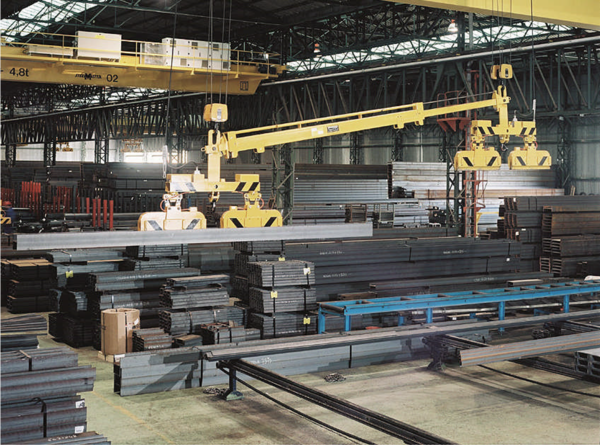
Figure 2: Lifting a short beam with a single magnet group
Criteria for choosing a passive telescope
Passive telescopes are a good choice when:
- material length ratio is 2:1 or more
- material is sufficiently rigid
- Crane is equipped with two independent trolleys
- The material is arranged in parallel to the crane bridge
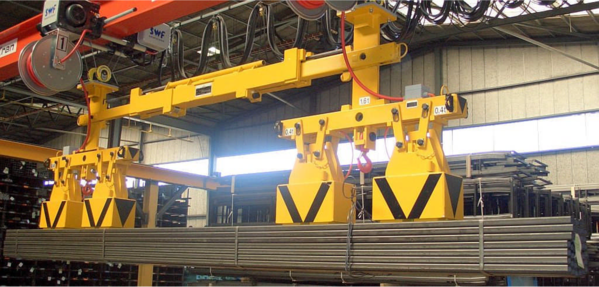
Figure 3: Passive telescope with two magnet groups lifting a bundle of hollow sections
Active telescope
Multifunctional all-rounder
An active telescope is mounted to the crane on two points of suspension. The distance between the magnets is varied by motor drive.
In contrast to the passive telescope, all magnets remain equidistant, which is particularly important for thin, flexible material (see also ‘Load deflection’).
Benefit 1 Variable magnet spacing results in low load deflection
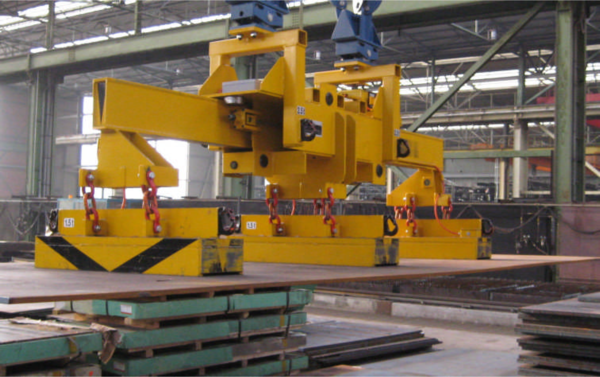
Figure 1: Active telescope carrying a single plate
For an active telescope, the magnets are correctly distributed in length at the push of a button, which reduces material deflection and optimizes load distribution among the magnets.
Many powerful magnets does not necessarily guarantee adequate lifting capacity; correct load distribution is at least as important for safety.
Benefit 2 The load is equally distributed among magnets
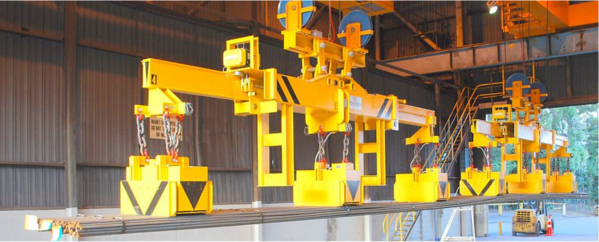
Figure 2: Two active telescopes transporting long rebar bundles
The spreader beam should not be longer than the material to be lifted. This makes it easier to load and unload material in the vicinity of walls, uprights, warehouse bays, lorries, railway wagons or ships.
Benefit 3 Active telescope guarantees compact storage

Figure 3: Active telescope unloading rebar bundles from a ship
Criteria for choosing an active telescope
Active telescopes are a good solution when:
- the material varies considerably in length
- the material is highly flexible (e.g. rebars or sheet metal)
- Two crane suspensions are available
- the material is arranged parallel to the crane bridge
- or parallel to the crane runway
- the material must be rotated in both directions by slewing gear
Two individual spreader beams
An all-purpose design
When a crane offers two points of suspension for each trolley, a magnet system consisting of two individual spreader beams is ideal, a highly flexible, robust and cost-effective solution. The distance between the two independently controllable magnet groups can thus be adapted to different material lengths. There is not any intermediate beam structure between them.
Benefit 1 Simple design and efficient operation
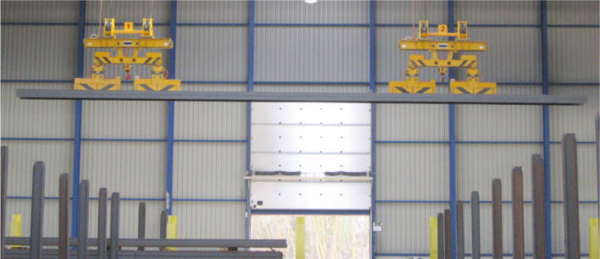
Figure 1: Two individual spreader beams carrying a long beam
Short material and off-cuts can be lifted using one magnet group only. The length of the magnet beam never exceeds the length of the material to be lifted. This allows to work near obstacles such as walls, uprights and warehouse bays as well as loading and unloading lorries and railway wagons.
Benefit 2 Compact design and high-density storage
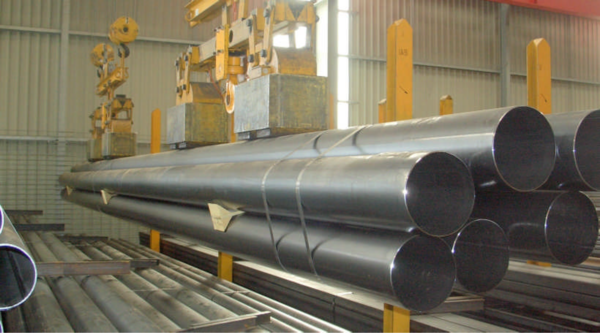
Figure 2: Lifting pipe bundles out of uprights using two individual spreader beams storage with two individual spreader beams
Lifting forces follow a direct line from magnets to crane ropes permitting a very lightweight spreader beam design featuring high ratio of lifting capacity per dead weight.
Benefit 3 Lightweight design and less wear
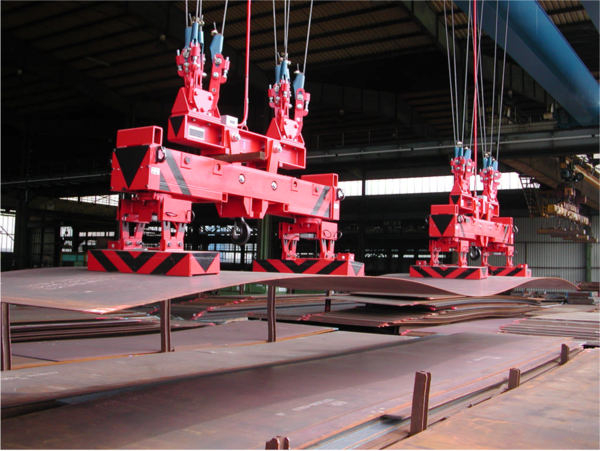
Figure 3: Two individual spreader beams lifting a long, thin plate
Usually two fixed beams are applied to keep costs low. However, the beams can also be fitted with travelling magnets (see figure 3) or from an active telescopes.
Correct positioning of the magnets on the load reduces load deflection significantly.
Criteria for choosing two individual spreader beams
Two individual spreader beams are a good solution when :
- The material to be handled
- varies considerably in length
- and is relatively rigid
- Two points of suspension are available for each trolley
- The material is arranged parallel to the crane bridge
Special purpose spreader beams
Spreader beams for specific customer applications
In addition to the tried and tested standard spreader beam solutions, numerous specially designed TRUNINGER spreader beams can be found all over the world.
Tailored to specific customer request, new and inspiring solutions are engineered in close dialogue between customers and our specialists. We make your material flow fly, reliably, safe and no matter what the conditions are.
Should you envisage any unusual application for magnetic material handling, we would be delighted to take up discussion with you.
Example applications
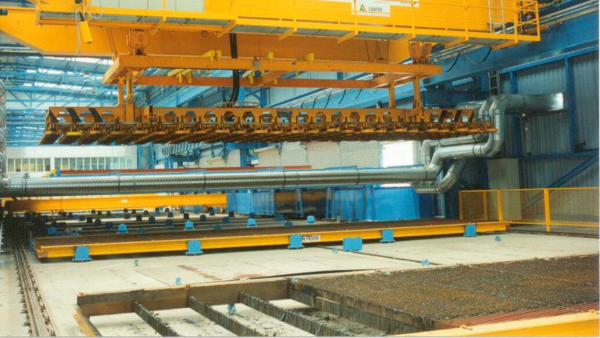
Figure 1: A “full face magnet” with 175 ring magnets for loading and unloading a cutting machine
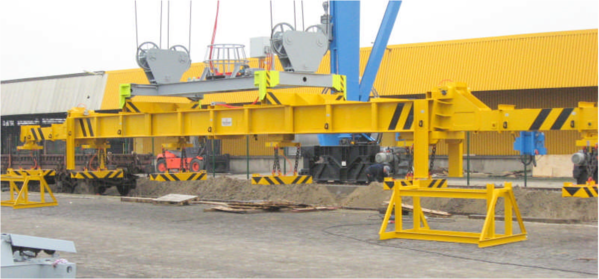
Figure 2: Fixed spreader beam for carrying plates with travelling magnets and removable extension arms; spreader beam is coupled to a container lifting device
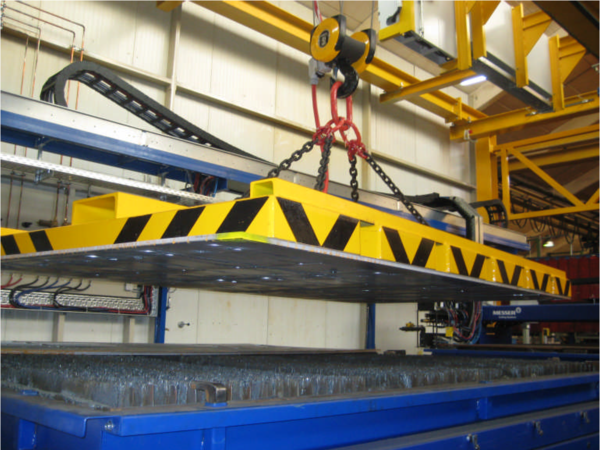
Figure 3: “Full face magnet” for loading and unloading large-format plates in a single lift
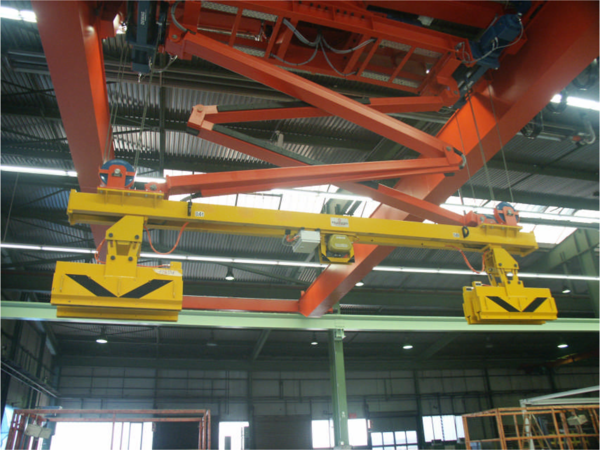
Figure 4: Special spreader beam for carrying truck frame profile sets

